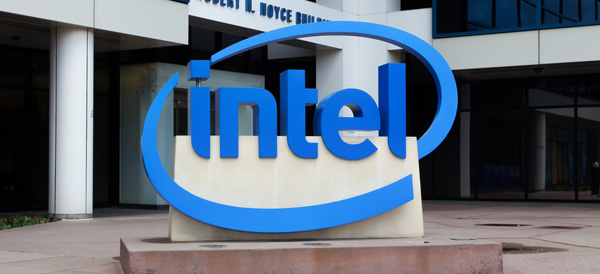


Intel promised to deliver the “next unit of computing” with their NUC small form-factor desktop personal computers. Eight generations out, the Hades Canyon NUC is a big step forward in mini-desktop computing.
Meet the Next Generation
Although it’s small, the Hades Canyon NUC is mighty. With the iconic skull logo displayed on the top of the box, the machine is a sleek, matte black powerhouse. Similar in price to other mini-desktops, the $999 price tag may be a turnoff to more casual consumers. Tech-heads and tinkerers, however, will love the flexibility, portability, and power of this little machine.
Under the Hood
Like other small form-factor, the Hades Canyon NUC is a bare-bones machine, so consumers will need to provide their own RAM, storage, and OS. Because of the easy-access design of the box, it’s relatively simple to access the internal ports. With the Core i7 processor and AMD’s RX Vega M GPU, it has more than enough graphics power to run the latest games or a VR headset with no evident lag. The closed-loop liquid cooling system keeps things running smoothly and reduces fan noise—an improvement over previous generations.
Ports and Portability
Considering its size, the Hades Canyon NUC offers a huge number of ports, including an SD card slot, six USB 3.0 ports, two HDMI ports, and two headphone jacks. The machine is VR-friendly, with the Oculus Rift’s headset and sensors easily connecting with plenty of room to spare.
Although Intel claims this is the smallest VR-capable machine on the market, the box is double the size of the previous generation. The size of the power supply is also an issue; nearly the same size and weight as the box itself, the bulky power supply limits the portability of the device.
Ideal for use as a gaming computer or home entertainment system, Intel’s latest machine proves that good things come in small packages.











No comments so far.
Be first to leave comment below.